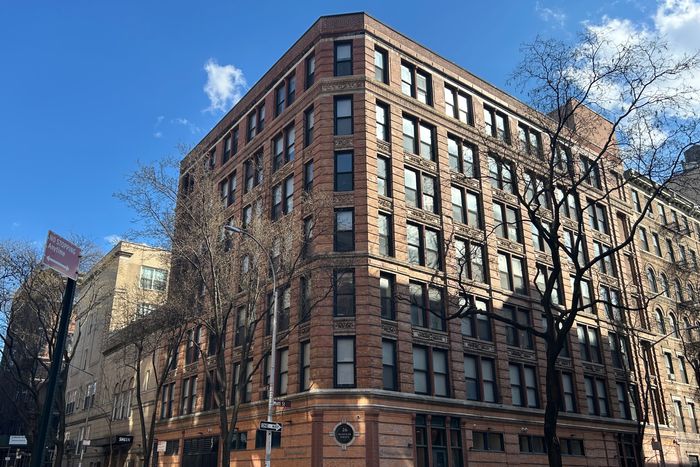
For the last 36 years, Planned Parenthood of Greater New York has operated a Manhattan health center out of a landmarked, seven-story Classic Revival building on Bleecker Street off the Bowery. Last week, the nonprofit announced plans to close the clinic and sell the Noho building that houses it, listing it for $39 million. The state would have to approve the clinic closure first, but if and when the sale goes through, it would effectively leave Manhattan without a single Planned Parenthood clinic and just three in the city altogether, in Queens, the Bronx, and Brooklyn (the organization closed its Staten Island center last year, along with three others upstate).
The timing of the news feels particularly grim after years of political attacks on the organization and on reproductive-health and abortion access in general. In a press release, PPGNY stated that the decision was due to insufficient insurance-reimbursement rates and the high costs of preserving the landmarked building, which was built in 1900. PPGNY first leased the space in 1989 as a tenant and officially purchased the building in 1993 for $5 million. Currently, it’s the only tenant, with the non-clinical floors used for administrative offices. In an email, a rep for PPGNY said that the building currently requires HVAC and boiler replacements, an update that it estimates would cost several million dollars, which it would rather direct to patient care.
While the sale may seem sudden, it’s just the latest sign of the organization’s ongoing financial troubles. Last year, Planned Parenthood had already begun reducing some services at the Manhattan Health Center, which temporarily stopped providing abortions after 20 weeks and discontinued deep sedation for IUD placement and removal. Besides political backlash to abortion access, the organization pointed to Medicaid underfunding as one of the key factors leading to its financial precarity. With the Trump administration threatening to cut Medicaid even further, PPGNY has pushed for more funding from the state and local level, including a request for an additional $2.5 million at a recent New York City Council hearing. And it’s not the only reproductive-health facility that’s struggling. In January, Public Health Solutions, the largest public-health nonprofit in the city, also announced that it would be closing down the Fort Greene and Brownsville locations of its sexual- and reproductive-health centers.
The sale of its building would mark an end (at least temporarily) to Planned Parenthood’s almost century-long history in Lower Manhattan. Although the organization has only been located at 26 Bleecker since 1989, it has long operated downtown. Margaret Sanger, Planned Parenthood’s founder, founded the Clinical Research Bureau (Planned Parenthood’s precursor) approximately a dozen blocks north of the current Manhattan Health Center at 17 West 16th Street. The first legal birth-control clinic in the United States, CRB provided contraceptive services from the red-bricked Greek Revival row house between 1930 to 1973. The building is currently a private residence.
As for the future of the Bleecker Street building, Cushman & Wakefield, which is bringing the property to market, has said that the property’s zoning allows multiple conversion options, including mixed-use residential, condominiums, and office space for a single tenant. The red-brick building joins another commercial property for sale on the block, the three-story townhouse that formerly held Overthrow Boxing Club and, before that, decades of activist groups, including the Yippies. However, if the retail on the block is any indicator, such as the Ulla Johnson store and jeweler Anna Sheffield’s flagship, it might lean in the direction of the nearby wellness hub peddling IV drips and lymphatic-drainage massages rather than low-cost health care.
But Manhattan patients won’t have to trek to the other boroughs for Planned Parenthood services forever. At least that’s what Wendy Stark, the president of PPGNY, says: “We see a future where we can build a new state-of-the-art health center in Manhattan, similar to our health centers in Queens, Brooklyn, and the Bronx. The first step is putting the building on the market.”